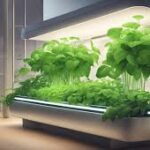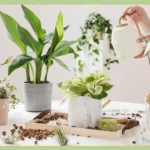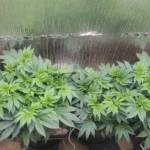Discover the World of Non-flowering Plants: A Fascinating Journey

Explore the diverse world of non-flowering plants, from ferns and mosses to conifers. Learn about their unique life cycles and importance. Introduction: Non-flowering Plants In the vast and diverse world of plants, there exists a captivating realm that often goes ...
Read more
Low-Maintenance Outdoor Plants: Add Greenery Without the Fuss

Find the perfect low-maintenance plants to beautify your outdoor space without the hassle. Easy care tips for stunning gardens! Introduction: Low-Maintenance Outdoor Plants Do you love the look of a lush garden but dread the upkeep? Don’t worry, you’re not ...
Read more









